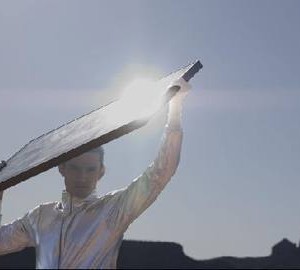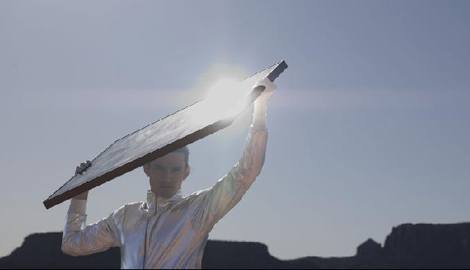One must laud Australia for its continuing efforts in the fight against global warming. Being a true stalwart of Mother Nature, the land down under has been championing solar power for a long time now, ranking seventh in the world in the solar industry. With solar quotes at an all-time high, it has become a formidable industry employing a workforce 18,500 strong. What happens then, when the industry has reached its peak? As they say, what goes up must come down, and in this grim scenario, around 3,400 jobs in the said industry are at stake this year as the sector contracts.
Solar Power in Australia
One out of ten houses in Australia has a solar panel installed, but demands have gone down along with installation costs. As expected, there would be consequences in terms of job losses. This is what happens when a certain industry is in a boom for quite some time. It does not take long for a downturn to occur as people find more alternative ways to save up on installation related costs, deeming the industry rather unsustainable in the long run.
Is the Government to Blame?
Unfriendly government policies are, in part, being blamed for this sudden blow on the industry. The decision of state governments to remove solar feed-in tariffs is said to contribute to the industry’s worsening situation, leading some to generalise that the government is becoming more and more unsupportive of an industry that it has once championed. In the end, most people see this phenomenon as the unlikely result of politicking, with the solar industry being used by politicians as a pawn for their election campaigns.
Wrong Target Market
With solar quotes reaching its peak now, some argue that it is time to capture several other markets such as low-income households and the like. With the government pushing for its Million Roofs Solar policy, this seems to be the direction it is heading to. Many people argue, however, that this would all be in vain. Even with lower installation costs, a household would still need how many thousands of dollars to successfully install a solar panel system. In addition, most household activities that consume power are mainly concentrated in the evening, when the solar panels have no capabilities to offset energy costs.
Given this scenario, many people argue that factories and other establishments that reach peak energy consumption during day time should be the right target market that this industry should focus on to be able to sustain itself, while some say that there are other industries in more need of government support in the form of subsidies. The debate, in the end, remains the same: Are the costs of supporting sustainable energy enough to offset the long-term effects of environmental damage? It seems to be a no-brainer, but when higher costs passed on to consumers are involved, people tend to look more into the present rather than plan for the future.

